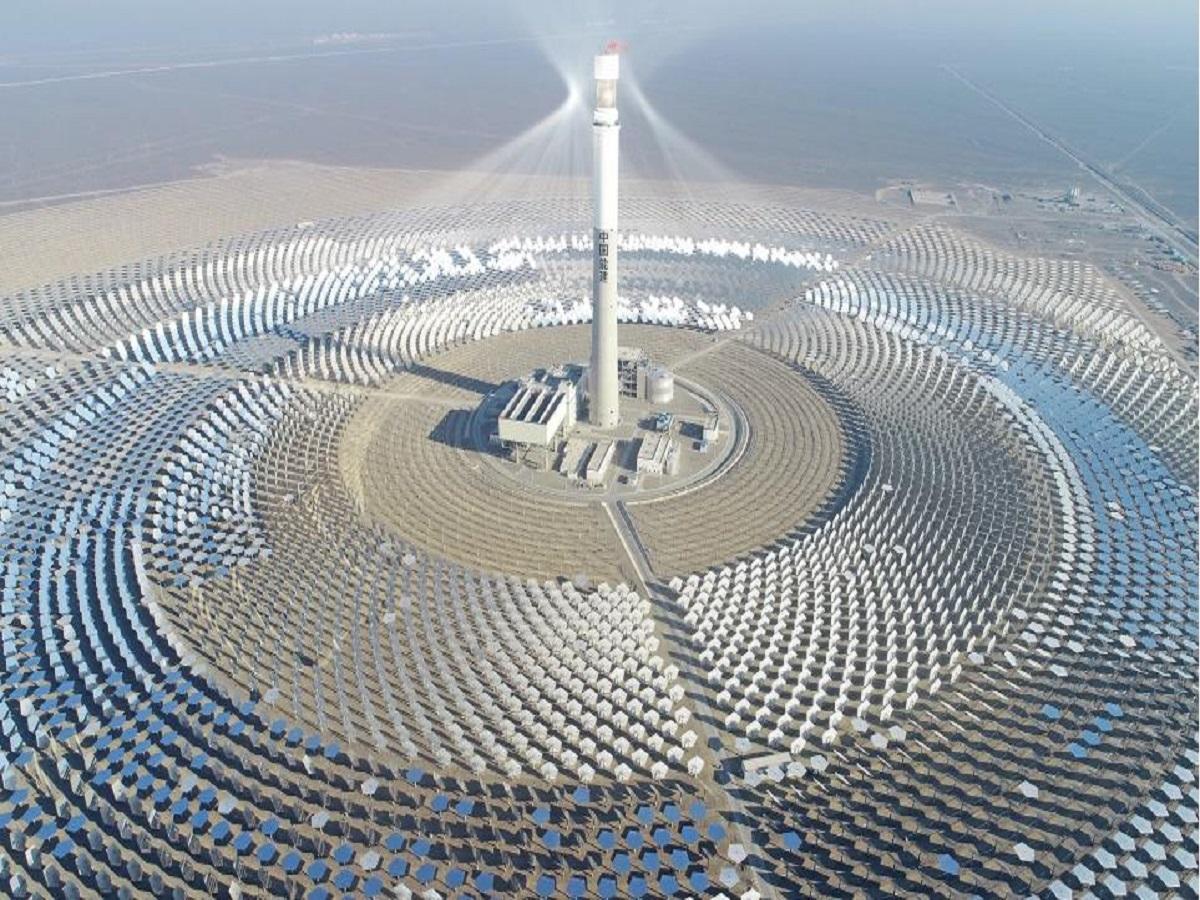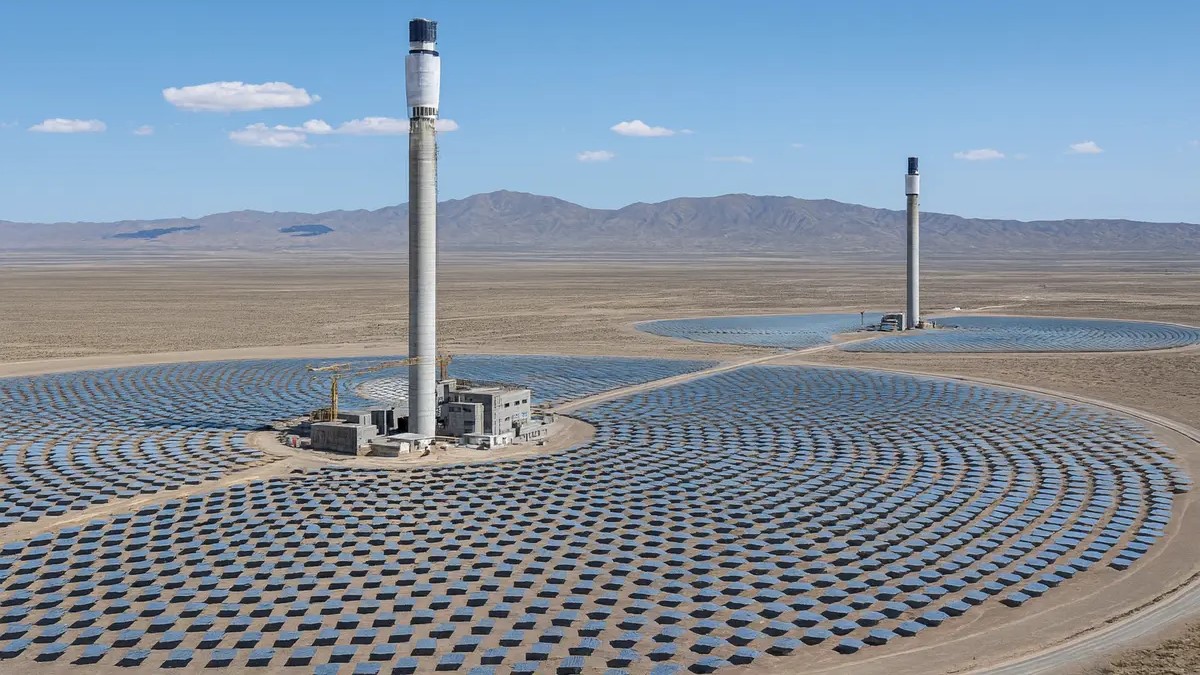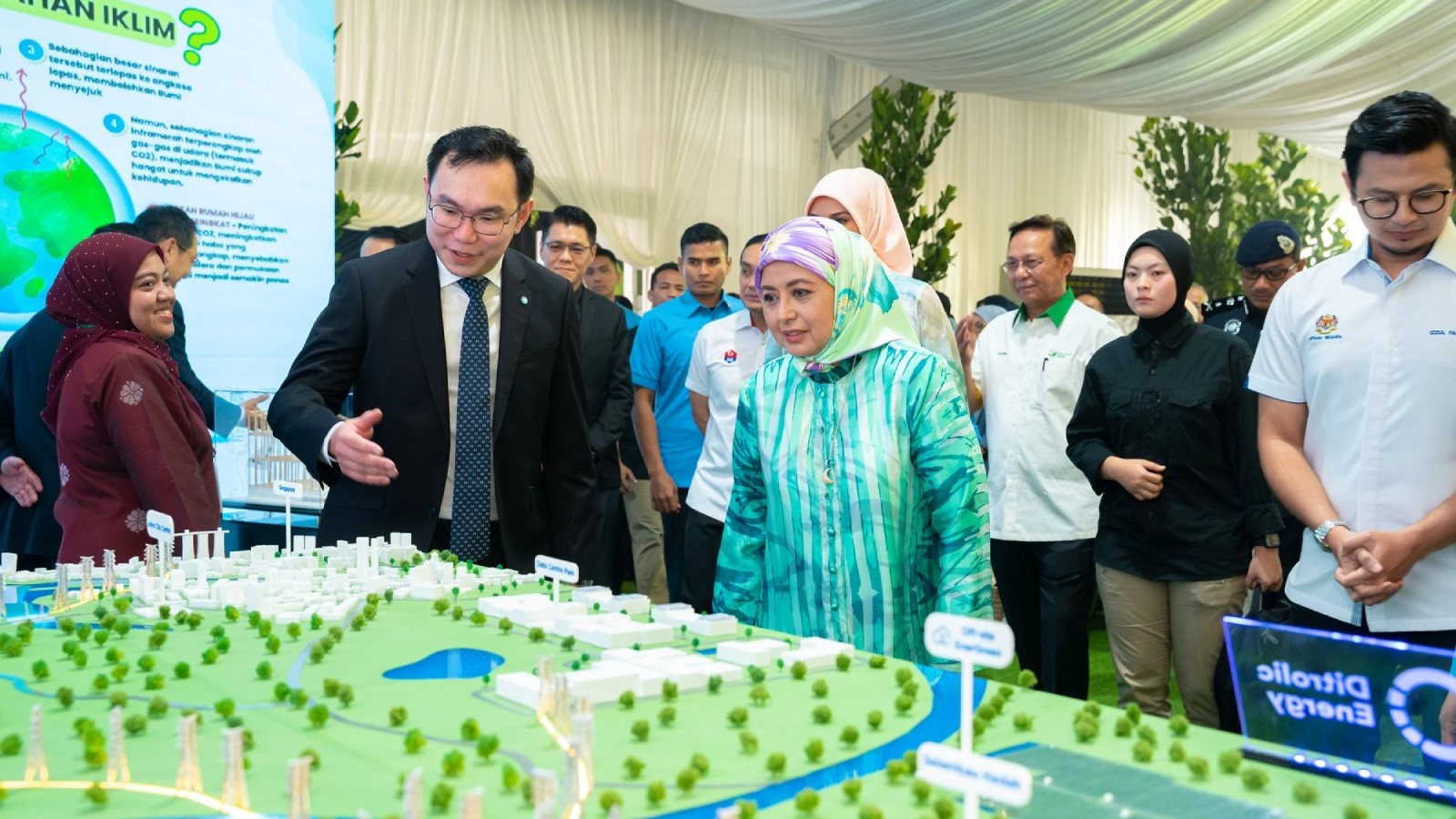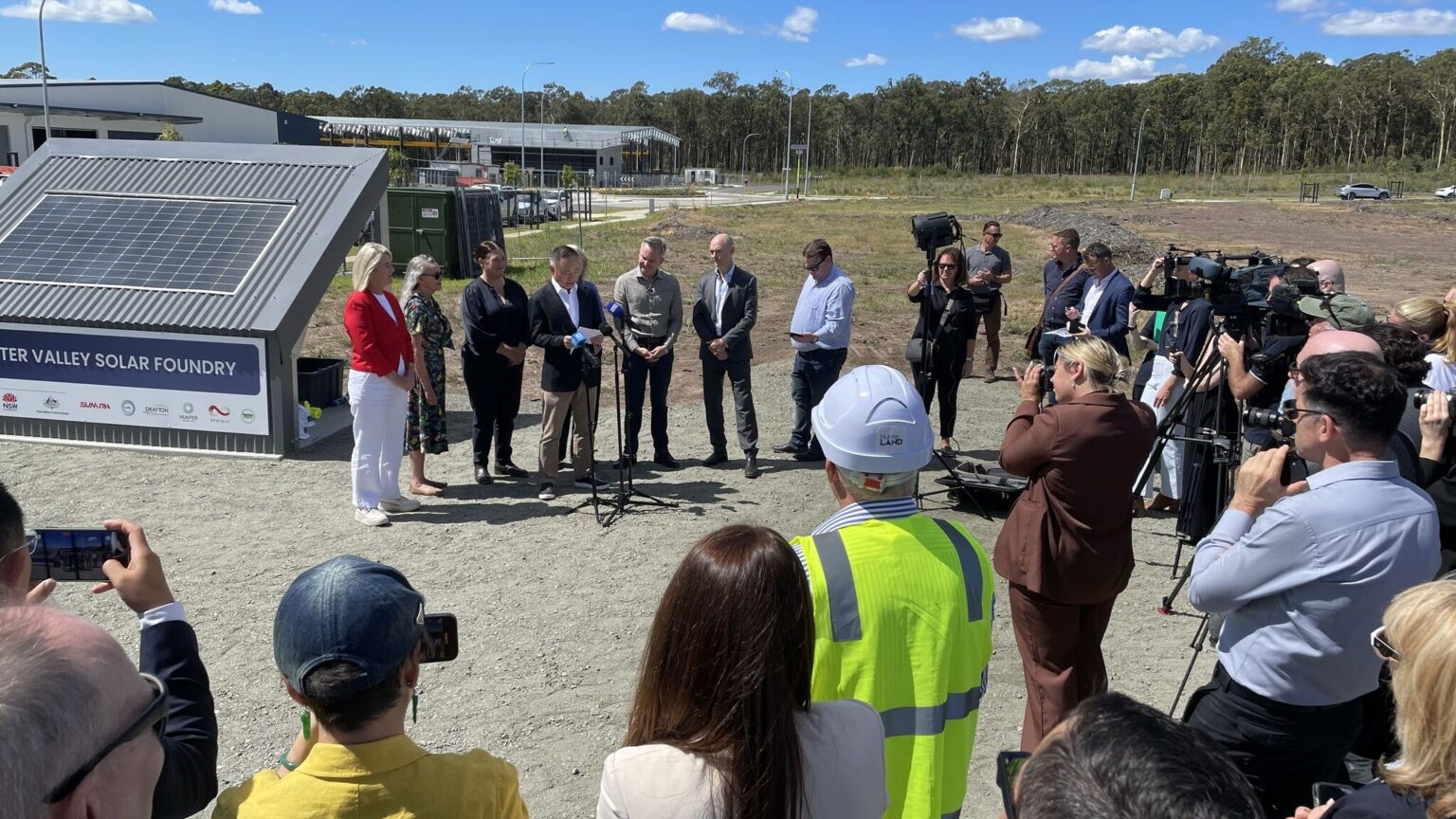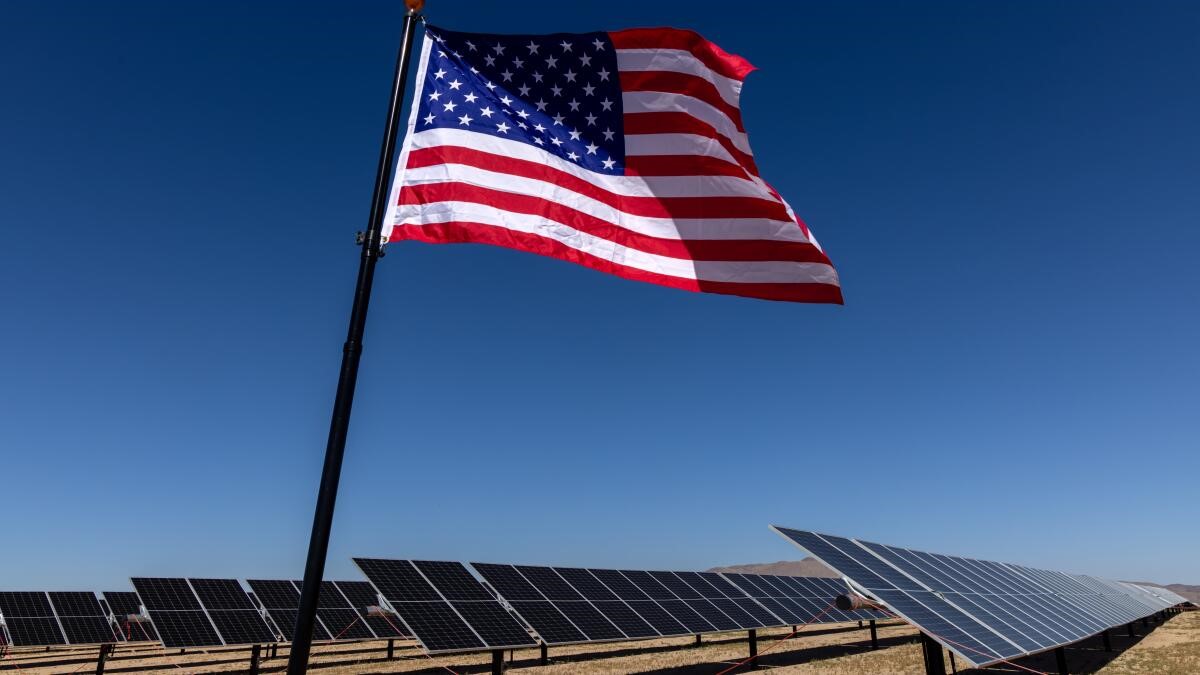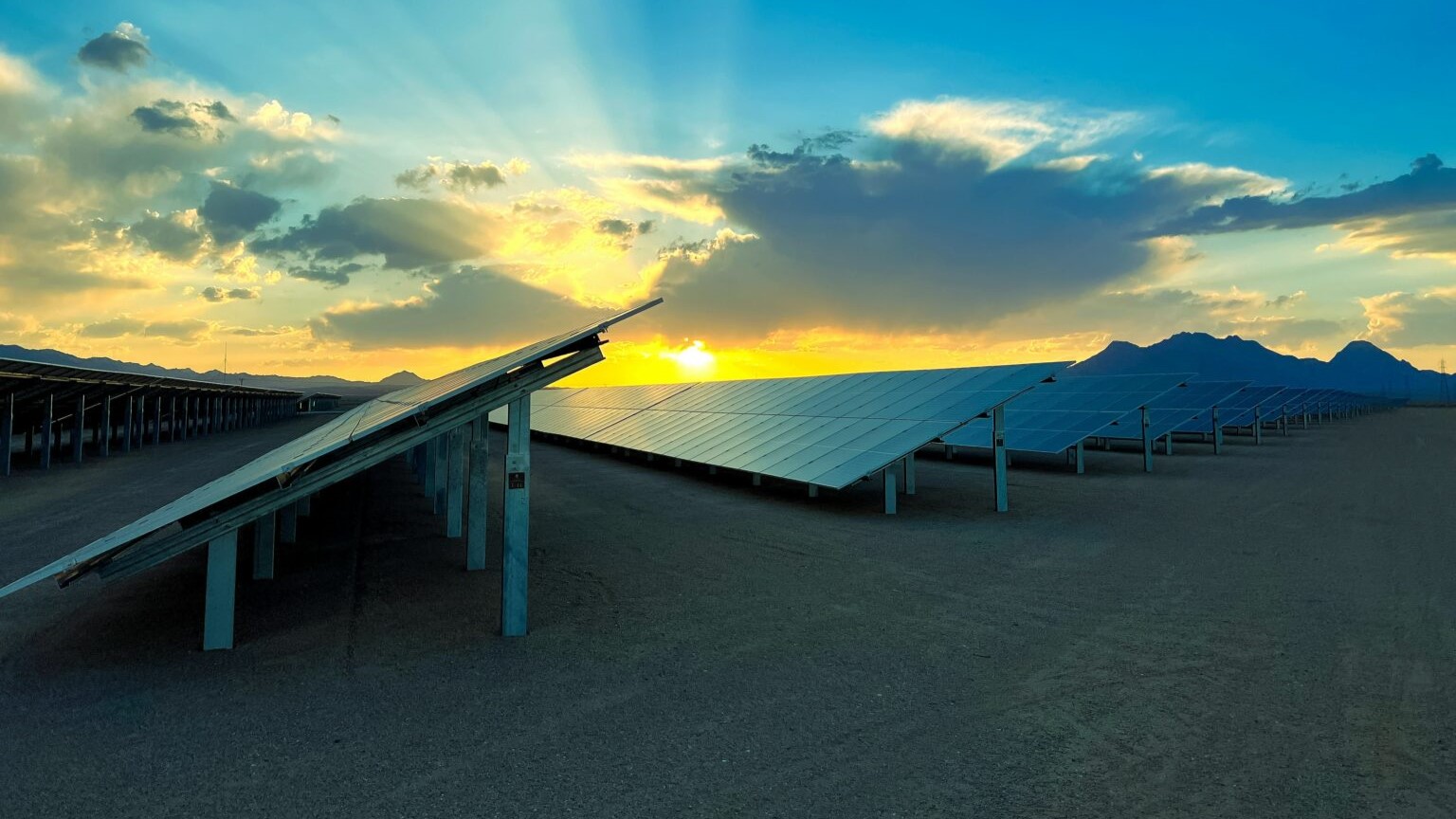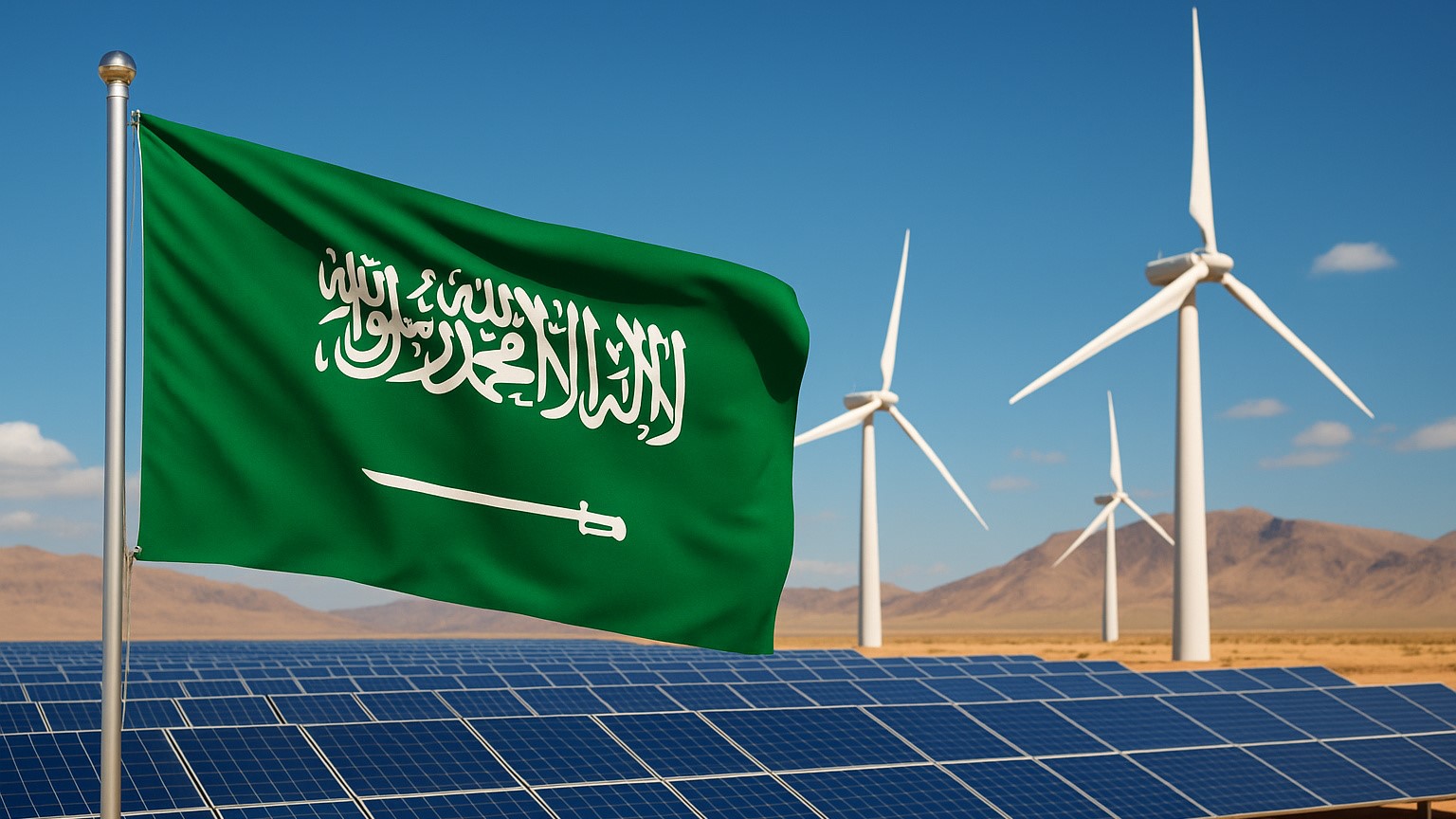China has made a revolutionary breakthrough in renewable energy engineering after it just launched the world’s first solar-thermal power plant that utilizes a dual-tower system to generate electricity in the Gobi Desert.
Developed by the Three Gorges Corporation, a wind and solar energy company headquartered in Guazhou County, China, the new facility combines efficiency, innovation and large-scale clean power production in one of the planet’s harshest environments.
The Gobi Desert, the sixth-largest desert in the world located in north China and southern Mongolia, is extremely dry. It receives an average of two to eight inches of annual precipitation, with some areas receiving less than two inches per year.
This intense dryness, as well as the abundant sunlight of more than 3,000 hours a year, make the Gobi Desert an excellent environment for large-scale solar power generation.
The incredible solar-thermal power station reportedly features two 656-feet-high (200 meters) towers, each surrounded by a vast field of 27,000 mirrors known as heliostats.
According to the South China Morning Post, the mirrors concentrate sunlight onto the towers, where the intense heat reaching up to 1,058 degrees Fahrenheit (570 degrees Celsius), melts and stores energy in a high-temperature medium.
The stored heat is then utilized to generate steam that drives a turbine and allows electricity production to continue well after sunset or during cloudy weather.
Meanwhile, unlike conventional photovoltaic (PV) panels that convert sunlight directly into electricity, solar-thermal systems harness heat instead of light. This makes them one of the few renewable technologies capable of providing stable, dispatchable energy that can be generated on demand.
The dual-tower design boosts overall efficiency by about 25 percent compared to conventional single-tower systems. This works because each tower captures sunlight at different times of the day. While the east tower collects sunlight in the morning, the west tower takes over in the afternoon.
In addition, the two mirror fields even overlap slightly, reducing the total number of mirrors required and cutting construction costs, as heliostats account for nearly 60 percent of the plant’s total expense.
The facility is part of a broader clean-energy hub that also includes massive solar and wind farms across the region. Together, these installations are expected to supply electricity to around half a million households annually.
